FIMBRIATA C.H.Thompson, 1911 (engl./ fr.)
Series Gibbiflorae
Type : Trelease 674, collected at El Parque, Morelos, Mexico, 1905.
Etymology : Named for the margins of young leaves.
Distribution : Mexico ( Morelos).
First Description by C.H. Thompson in Transactions of the Academy of Science of St. Louis 20(2) : 20-21. 1911 :
Caulescent, stem 45 cm to the rosette, 2 cm in diameter.
Rosette open, comparatively few leaves.
Leaves oblanceolate, 12 cm long, 6.2 cm wide 3.5 cm from the rounded obtuse apex, tapering to a very thick base, 2 cm wide by 1 cm thick, valiculate concave in the expanded blade portion, groove-channeled down the upper face of the basal portion, where the margin is thin, narrow, and sharp wing-like, and the under surface convex with a prominent obtuse keel, which ends in a decurrent obtuse spur below the transversely oblong attachment. Smaller young leaves decidedly purple, tinted on both surfaces, except a thin, hyaline, finely fimbriated margin ; older larger (as described above) of light green colour and no purple tint, with a thin narrow, nearly transparent, fimbriated margin. Neither leaves nor stem show any indication of glaucousness.
Flowering stalk arising from below the rosette, obliquely ascending, rather scattered leafy throughout, the lower portion of the same pale green as the main stem, but the upper portion tinted with brownish-red and only in the inflorescence becoming glaucous ; lower bracts differing from the mature leaves of the rosette in size, 5.5 cm long by 2.5 cm broad, and in being finely denticulate instead of fimbriate. These bract-leaves become smaller toward the inflorescence where they are only 1.8 cm long and lanceolate in outline, somewhat purple-tinted and glaucous.
Inflorescence of two secund racemes; lower pedicels 1.5 cm long, curved by the weight of the flower, neither articulate nor bracted.
Calyx lobes decidedly unequal, lanceolate, and, like the pedicels, pale green slightly tinted with purple and quite glaucous, nearly horizontally spreading.
Corolla 5-angled, 1.5 cm long, 1 cm in diameter at the base, slightly tapering to the recurved obliquely spreading tips; petals separate to the base, lanceolate, gradually tapering from the middle to a long acute apex, somewhat gibbous at the base and obtusely angled on the back, outer surface rose pink, strongly glaucous, tips recurved so the apex points at right angle from the axis of the flower, inner surface light orange yellow, tinted with red at the very apex and part way down the median line by short, straight, longitudinal, red pencilings; gland large, lunate. Stamens inserted alternately in two plantes, tapering from the base upward, pale yellow, anthers of the same colour. Ovary white, three-fifths the pistil length; style dark red-purple, tapering upward to the green stigma which is somewhat recurved at maturity; anthers and stigmas in one plane.
Cytology : n = 54
Link to short descriptions in English and French.
Note :
1. Walther wrote (Echeveria, p. 186, 1972) : “Leaves ….. when young ciliate and pubescent, the unique trichomes appear to be quite solid and are outgrowths of the cuticle, the longest to 1 mm long, 0.09 mm thick, straight or curved, blunt-tipped, colorless, usually lost at maturity when the hyaline margins may become somewhat fimbriate-lacerate ….”
This is the explanation of the name, but moreover it helps to distinguish the true species from hybrids circulating under the same name.
2. Charles Uhl wrote (Haseltonia Nr. 9, 2002) :

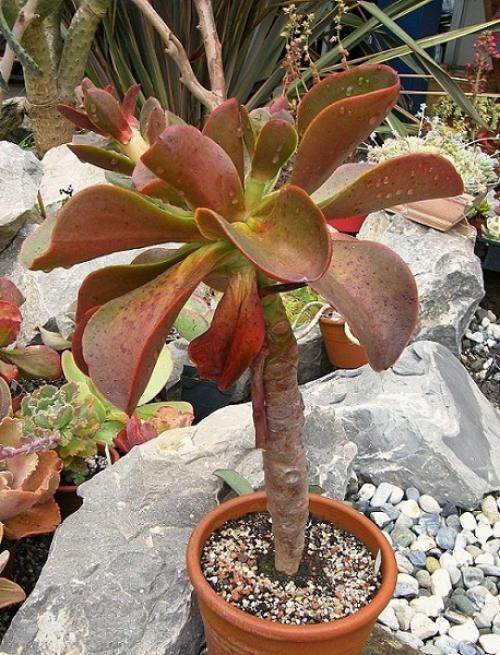
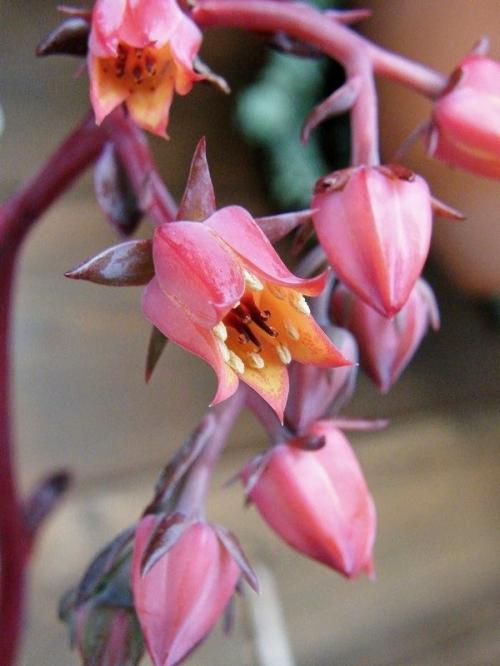
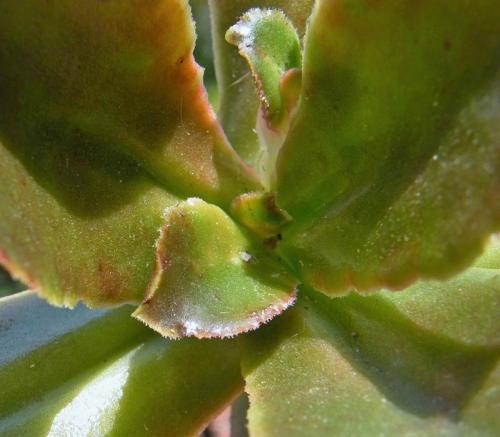
Young leaves with ciliate margins - characteristic feature of E. fimbriata.
Photos Emmanuelle Aubé.
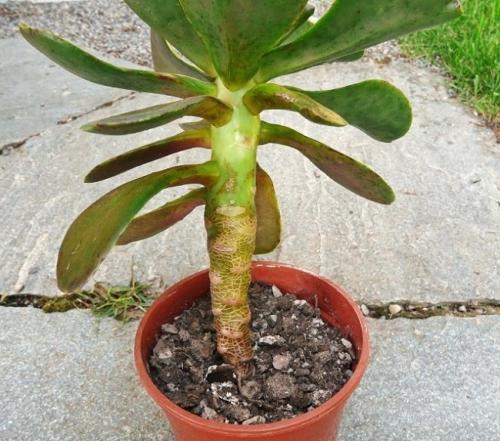
Characteristic stem of E. fimbriata.
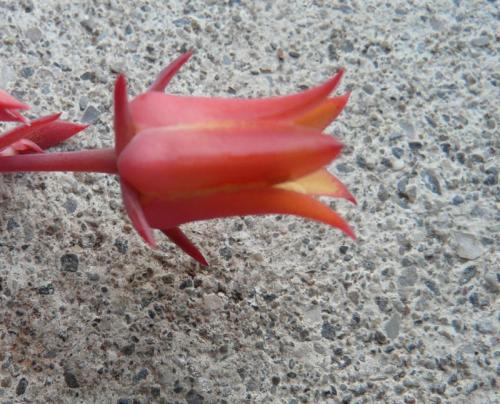
A crested form :
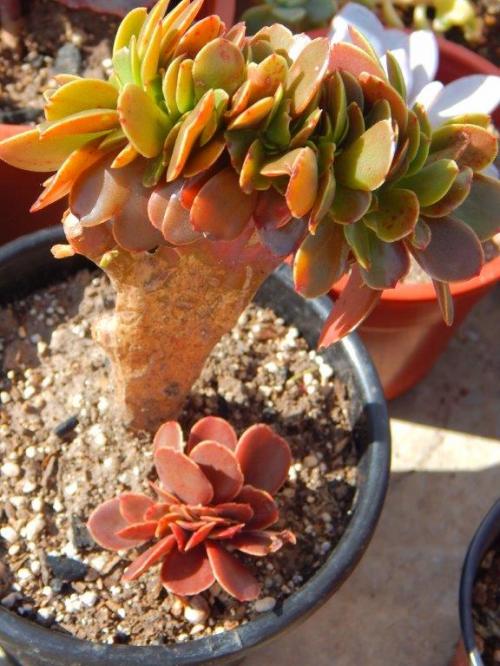
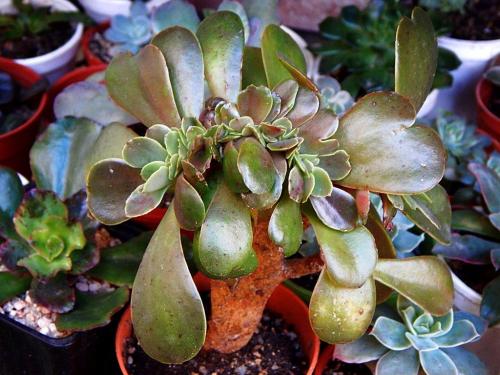
Photos Emiliano Aizpitarte
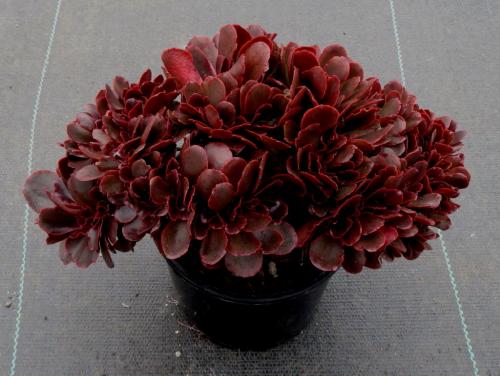
Photo Noelene Tomlinson